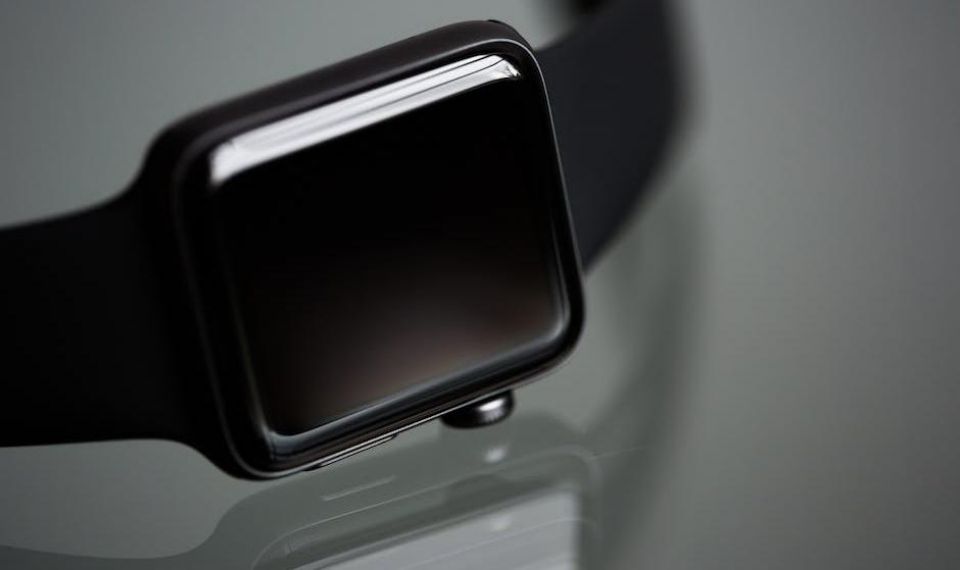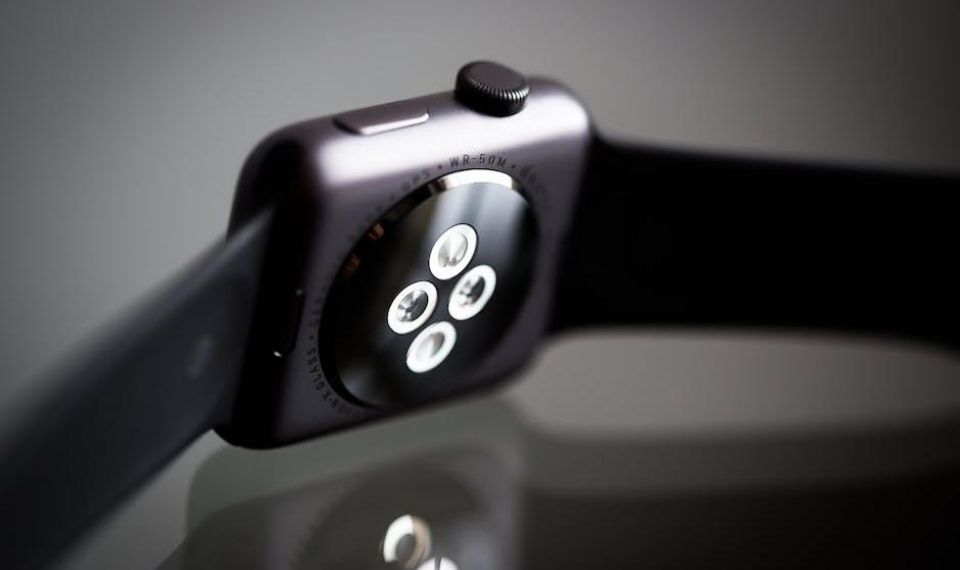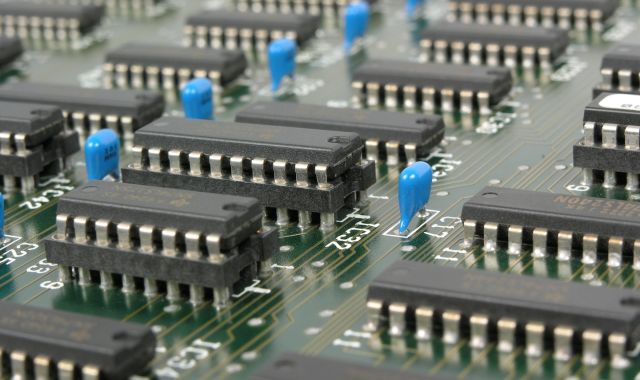
In the past decade, we’ve witnessed the world of technology expanding vastly, daring to venture out towards unexplored horizons. Among these, a yet-embryonic technology worth recognizing is that of wearables. Although smartwatches and fitness trackers are common today, the future of wearables promises to be much more thrilling and transformative.
One of the most futuristic applications of wearable technology is in the field of healthcare. The future could bring innovations that provide real-time health monitoring, predicative analytics and proactive health care.
Imagine a morning where your smart ring detects an unusual spike in your body temperature and hydration level before you even wake up. It immediately alerts your primary care doctor who then checks your latest data, predicts a probability of an early-stage flu, and prescribes a preventive medication. It sends an alarm to your smart bottle which glows to remind you to take the medicine at the appropriate time, and voila! You have just thwarted a potential flu.
The imminent future of wearable technology also presents the fascinating concept of “smart tattoos.” Made of flexible, conductive ink, these stick-on biosensors will monitor health stats and wirelessly send them to your doctor. They will also be employed to detect any sunburn or UV exposure, reminding users to apply sunscreen. Moreover, fashion companies are even looking to incorporate these smart tattoos as style statements that can change color based on mood or custom selection.
Similarly, in the world of sports and fitness, wearable technology is set to revolutionize training and performance. Already, we see footballers and athletes donning wearable vests to analyze their physical output, heart rates and VO2 levels during training. In the future, shoes with integrated sensors will provide live feedback on running techniques and detect areas of improvement. Swim goggles with an inbuilt display will show live metrics like lap times, stroke count, and distance, helping swimmers improve their performance.
Another captivating aspect of the future of wearables lies in the field of virtual and augmented reality. Wearable AR glasses are projected to offer real-time information overlay on real-world views, transforming numerous sectors. They could help engineers in complex assembly tasks, tourists in exploring new cities, or even shoppers in trying out different outfits virtually.
While the possibilities seem endless, it’s not going to be entirely smooth sailing. There will be significant challenges too—the privacy and security of personal data, the durability of such devices, and achieving a balance between functionality and design. Notwithstanding these challenges, however, it is clear that the realm of wearable technology is one endowed with incredible potential.
In the veritable ocean of tech innovations, the future of wearables appears to be a dazzling star, promising to reshape our lives in ways that sound almost unimaginable right now. The amalgamation of technology with our daily life essentials is blurring the lines between the virtual and the real world. The future of wearables is walking us on the road to a more connected, convenient and informed future.









